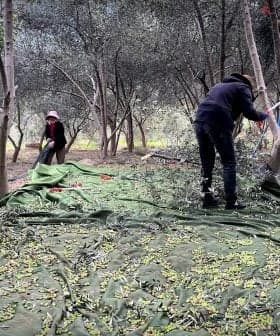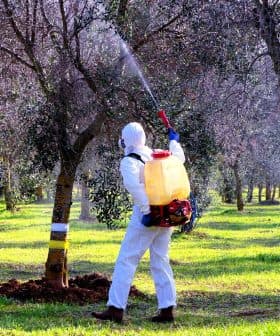Extra Virgin Olive Oil Consumption in Italy Rose in 2020, Production Slipped
Italian extra virgin olive oil consumption grew by about six percent in 2020, with two-thirds of Italians believing it is a high-quality product with exceptional flavor. The increase in consumption among younger consumers is attributed to their interest in the provenance of the oils they purchase, while older consumers tend to trust more established brands.
Italian extra virgin olive oil consumption grew by about six percent in 2020, according to a report by the Italian Association of the Oil Industry (Assitol).
Two-thirds of Italians said they believe extra virgin olive oil is a high-quality product with exceptional flavor, the report found. Sixty percent buy the product because they know it is healthy.
Consumers have evolved, they look for a quality product, read the labels and know what they are looking for. They do not stick to a single product, but wander from one type to the other.
The Assitol report also found that the average consumer bought nine-percent more olive oil in 2020 than the previous year, reaching 11.5 liters per capita.
According to the industry group, these numbers show the stark difference between how younger generations consume extra virgin olive oil.
More specifically, consumers under the age of 40 were more interested in knowing about the provenance of the oils they purchased and often bought their olive oil from small or medium-sized farmers.
Older consumers tend to trust more established brands.
Assitol partially attributed this shift in consumer behavior to the growing appreciation for olive oil culture among Italians.
Major brands began focusing on the extra virgin market in the 1980s. When research into the health benefits of olive oil accelerated in the 1990s, more producers began differentiating their products.
See Also:2020 Harvest Updates“Today on the shelves, we find many different products: 100-percent Italian, European, PDO/PGI, organic, filtered, unfiltered, sustainable,” said Anna Cane, Assitol’s president.
“Consumers have evolved; they look for a quality product, read the labels and know what they are looking for,” she added. “They do not stick to a single product but wander from one type to the other.”
According to Cane, the growing interest in extra virgin olive oil among young consumers goes well beyond Italian borders, citing the United States as a prominent example.
“That is good news,” Cane said. “Those who begin consuming this product at a younger age make a healthy food choice that gives us hope for a bright future.”
However, as olive oil consumption grows, Italian production has not followed the same trend.
The latest results reported by Assitol revealed the diametric production pattern was set to continue. The south of the country has faced steep declines while the central and northern regions have seen growth.
In its final balance crop year, Assitol said Italy produced 250,000 tons of olive oil in 2020/21, down from the 336,000 tons produced in the previous year and slightly lower than previous estimates.
Puglia, responsible for nearly half of Italy’s overall yield, suffered a 50-percent drop in production. Similar situations were observed in Sicily and Calabria.
Production increases in Tuscany, Umbria and Marche slightly offset the significant decreases in the south of the country.
According to Assitol, extreme climatic events have contributed to decreased quality, specifically for the blends often produced by the largest brands composed of oils from several destinations tailored to consumer taste preferences.
“Companies have faced more difficulties in the research and selection of high-quality raw material, whose production costs this year are even higher than before,” Andrea Carrassi, Assitol’s general manager, said.









